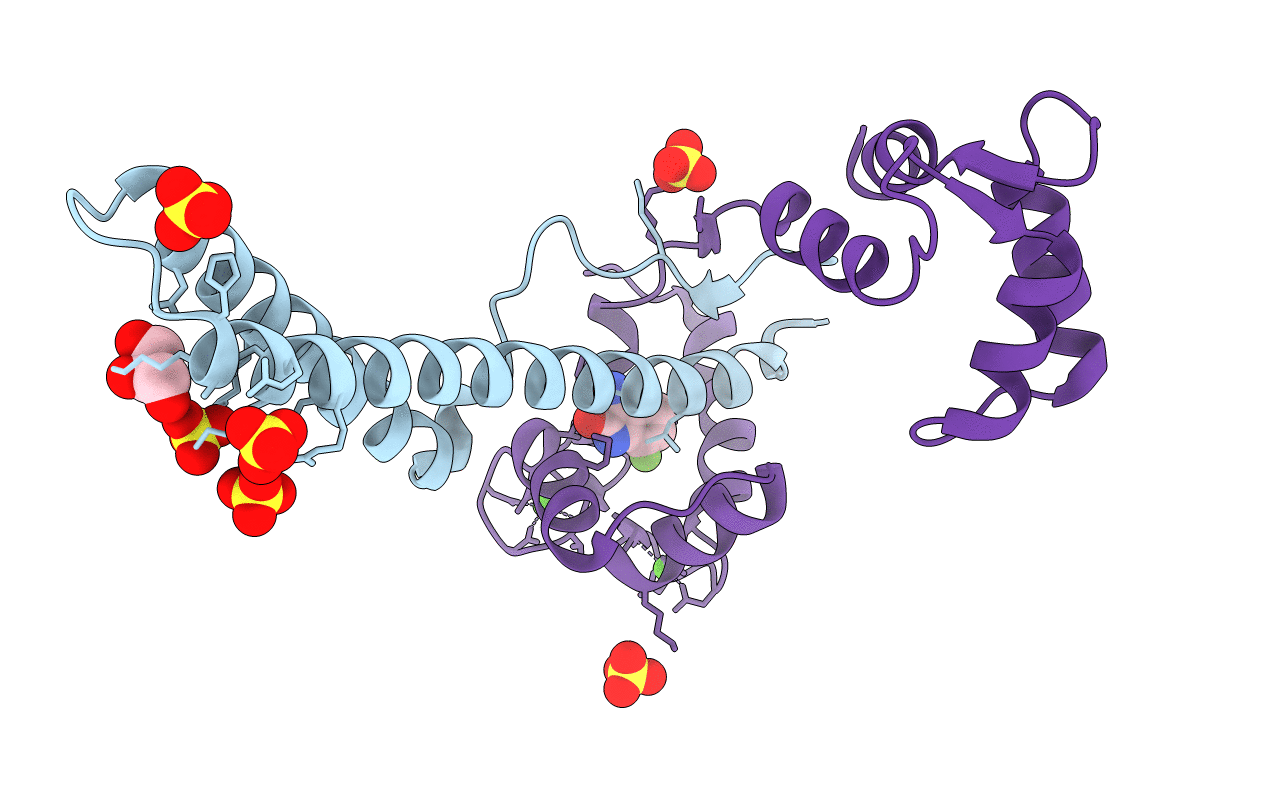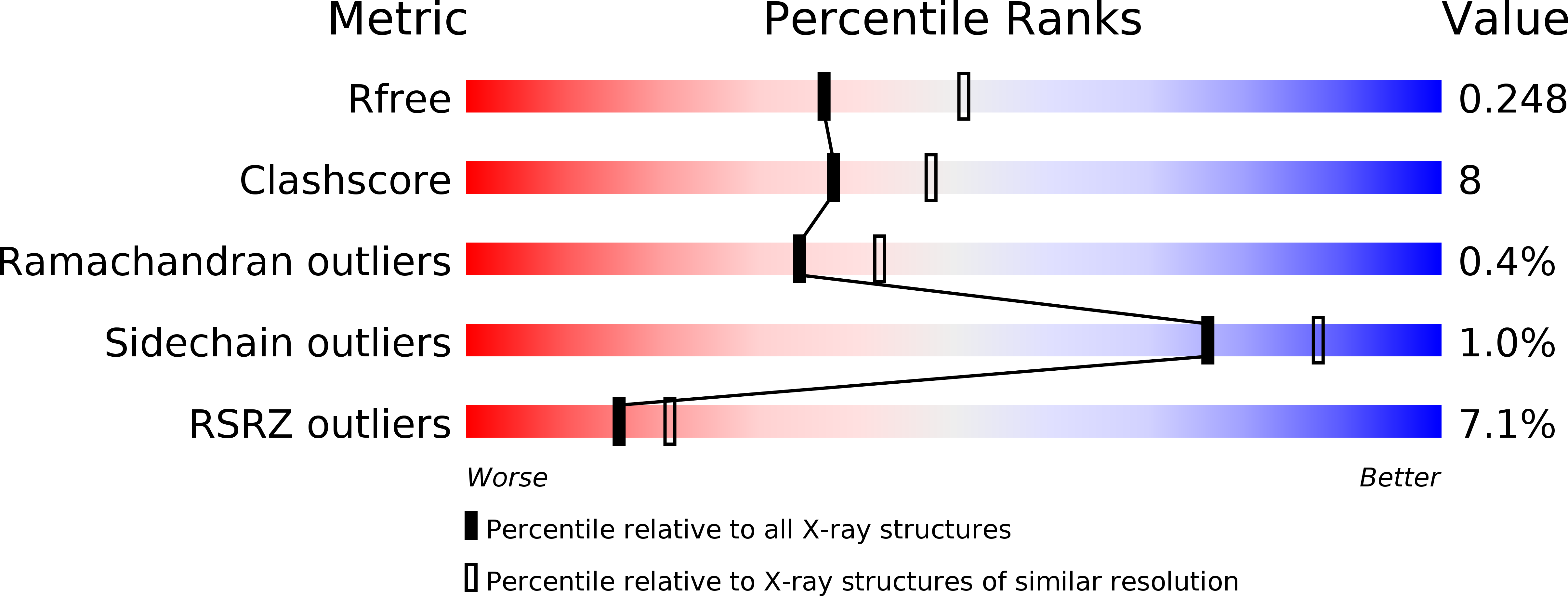
Deposition Date
2017-06-29
Release Date
2017-12-20
Last Version Date
2024-03-13
Entry Detail
PDB ID:
5WC5
Keywords:
Title:
Structural insights into the potency of SK/IK channel positive modulators
Biological Source:
Source Organism:
Homo sapiens (Taxon ID: 9606)
Host Organism:
Method Details:
Experimental Method:
Resolution:
2.30 Å
R-Value Free:
0.25
R-Value Work:
0.19
R-Value Observed:
0.19
Space Group:
C 1 2 1


